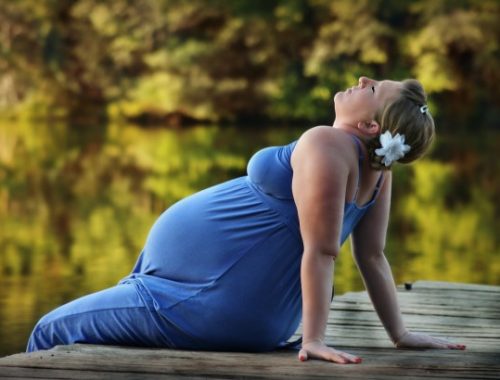
Which Floor Mat to Choose for Baby
Which Floor Mat to Choose for Baby
The floor mat is one of the essential elements of baby care for the little ones. It is perfect for developing their motor skills: on a carpet installed on the floor, your baby will learn to raise his head, turn around, sit up, and then stand up when he is ready.
With free motor skills, the baby mat prepares and encourages all his future acquisitions: language, school learning, motor skills, etc. It is a precious step in his development! Moreover, it is a real playground for the little one. The point now.
Characteristics of a good floor mat for baby
Minimum standards
The floor mat does not necessarily have to be specially made for the baby, but it must meet some minimum standards:
– It must be suitable for use from birth.
– It must be reserved for him so that he remains clean. Your baby will put his face on it, will be able to fall asleep on it, and will take with his hands everything he will find within his reach to bring it to his mouth, to explore his environment. No question that the dog comes on it puts its hair there.
– Don’t put your feet on it either to avoid depositing dust and particles that your baby could ingest.
Be careful that no particles, pieces, or threads can come off it: he could swallow them while exploring his environment.
Ideal size
From birth to about 6 months, a mat of 1 m × 1 m can be sufficient.
After that, you’ll need a little more space so that your baby can turn around several times and get ready to move around.
So choose a size that is at least 1 m x 1 m.
Ideal thickness

Choose a sufficient thickness, 2 cm minimum.
A too-thin mat will not sufficiently insulate your baby from the cold (especially if your floor is tiled) and will not adequately cushion his or her falls.
What material should I choose for my baby’s floor mat?
A non-toxic floor mat
Read the detailed composition of the mat you want.
Be careful: avoid formaldehyde, PVC, flame retardant, toluene, lead, benzene, phthalates, styrene, xylenes, bisphenol A, and bisphenol S. Children are particularly sensitive to these, especially since their faces will be very close to the carpet.
Choose a natural cotton or wool washable carpet without PVC coating and azotic dyes.
Tip: after purchase and before use, let it air out for a few hours outside your baby’s space.
Buy it or make it yourself?
You can also sew or make it yourself with non-toxic materials. This can be an excellent job while waiting for the baby or entrust to future grandmothers or friends with a talent for handiwork!
You can find multiple tutorials on the Internet.
Foam mat

The foam mat is particularly indicated if the floor of your home is made of tiles, which is a cold material, sometimes slippery, and particularly hard in case of a fall: it is fascinating when your baby starts to want to move and needs to evolve on support less flexible than a fabric that moves.
The foam mat is rigid enough to allow the baby to crawl and learn to stand up.
Attention: make sure that they are hand-washable; the foam mat squares will be easy to clean. Please pay attention to their composition. No azo dyes, formaldehyde, PVC, flame retardant, toluene, lead, benzene, phthalates, styrene, xylenes, bisphenol A, bisphenol S.
The models, colors, and patterns are infinite, and you will inevitably find one of your choices. The newborn sees better the bright primary colors than the pastels; take it into account in your choice.
Should I choose a playmat?
Some playmats contain removable games held in place with velcro. This can be fun and stimulating for the baby, but it’s less progressive than a simple floor mat on which you can place games adapted to the baby’s tastes and stage of development.
You can always place an arch, rattles, or a chew toy when your little one’s teeth start to come through.
Baby floor mats: a padded lap?
Some mats have a padded lap.
The pads define a space and prevent your baby from being on the floor. They can help your baby to lean on them to sit up. They restrict the baby’s space for exploration, which is a bit of a shame, especially since a baby who wants to develop his abilities may want to climb over them.
A padded lap can be safe, but make sure it’s still appropriate for your child’s developmental stage.
Inflatable mats should be reserved for toddlers, and if you choose one, make sure that the plastic they are made of is non-toxic.
Note: Combining several floor mats or play mats is always possible to create a variable geometry space.
You May Also Like

Gentle Care: Expert Tips on Clearing a Baby’s Nose with Ease
2024-01-24
Everything You Should Know about Constipation in Children (Part One)
2022-02-16

